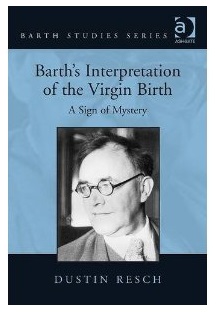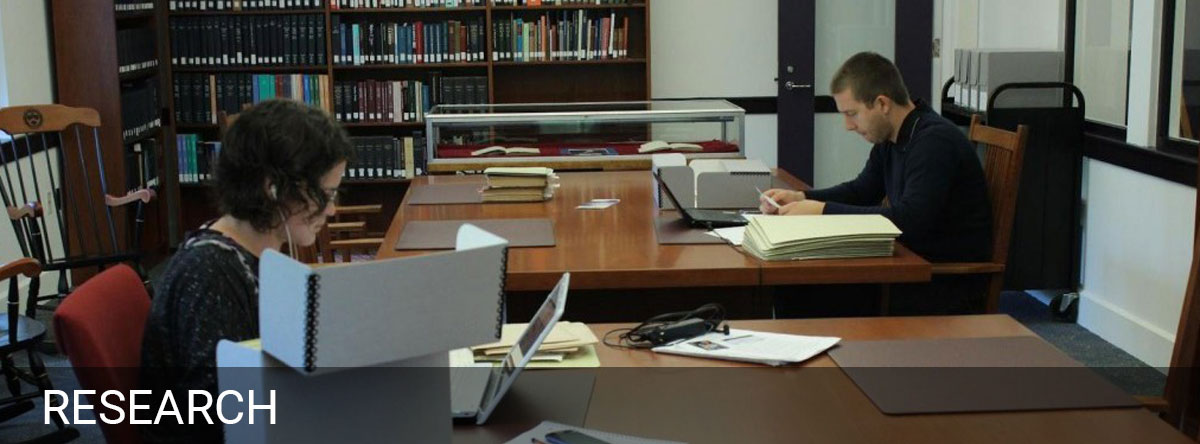 Resch, Dustin. Barth’s Interpretation of the Virgin Birth: A Sign of Mystery (Surry, UK: Ashgate Publishing, 2012), 218 pp. $109.95 (hardback)
Resch, Dustin. Barth’s Interpretation of the Virgin Birth: A Sign of Mystery (Surry, UK: Ashgate Publishing, 2012), 218 pp. $109.95 (hardback)
Reviewed by Jim West (October 24, 2014)
Dustin Resch’s book, well-meaning in intent and clearly and closely argued, is in reality an apologia for the doctrine of the virgin birth with Barth as chief witness. Resch has a goal, and that goal is to rehabilitate the long ignored—or worse—totally abandoned doctrine of Christ’s birth by and through a virgin. Accordingly, in this revised dissertation which Resch submitted to the faculty of McMaster University (Canada), he proceeds to achieve that goal. Yet Resch has a hard row to hoe. Overcoming the disinterest in the doctrine is a challenge, to say the least, and utilizing Barth to do so may help in some quarters—but probably only in those quarters where Barth is still revered and where the persons engaged already hold to the doctrine even without Barth’s help. Resch introduces his study and maintains that in it he will “set Barth’s contribution in its theological context” (p. 5). His primary sources will be Church Dogmatics (hereafter CD) I/2, §15.3 “The Miracle of Christmas” and other materials.Chapter one, “The Doctrine of the Virgin Birth according to Select Figures in the Western Church,” is aimed at giving an overview of the doctrine from the history of Christian theology. Hence, Resch offers discussions of Irenaeus, Augustine, Aquinas, Luther, and, naturally, Calvin. Resch also discusses Schleiermacher’s view because it is this view which predominated in Barth’s day and the one to which he is responding. He also describes the notions of D.F. Strauss and, importantly, Emil Brunner.
Chapter two, “The Development of Karl Barth’s Doctrine of the Virgin Birth,” provides a historical theology of Barth’s own thinking on the topic, beginning with his time in Göttingen and Münster and moving forward to Barth’s “The Great Promise,” Credo, and the CD. Resch remarks, I think quite sagely, “By the time of the CD, Barth had come to the firm conviction that the virgin birth is to be affirmed as a sign of the incarnation” (p. 63). In essence, Barth connects the virgin birth to the incarnation itself and insists that the one requires the other: “By the mid 1930’s . . . Barth came to characterize the virgin birth, not as a constitutive element in Christ’s life, but as a sign of Christ’s identity” (p. 81). In other words, it belongs to his essential nature. Severing it from his nature means distorting that very nature.
Chapter three, “The Virgin Birth as the Sign of God’s ‘Yes’ and ‘No’,” is an exposition of the classic Barthian dialectic. Here our author reminds us—or perhaps informs us—that for Barth the virgin birth is both a sign of genuine humanity and judgment on sin. This dovetails into a discussion of the humanity of Christ. “The incarnation is, for Barth, the event in which ‘God assumed a being as man into his being as God’” (p. 99). Resch—in perhaps the most interesting part of the book—next leads readers through a discussion of Barth’s humanity as it relates to the humanity of others and Original Sin (pp. 111ff) and the sinlessness of Christ.
Chapter four, “The Conception of Jesus and the Work of the Holy Spirit” is the heart of the matter. This Holy Spirit is, according to Barth, the bond of love. It is love which brought Jesus to birth. So Resch describes Barth’s teaching in this connection in relationship to revelation, reconciliation, vocation, and baptism. It is here that Barth tried too hard to bolster his case for the virgin birth, and it is here too that Resch does the same. The materials he includes are spot on and rightly interpret Barth’s intentions. But Barth’s intentions were to ‘prove’ (in a sense) what cannot be proven by attempting to convince his readers of the necessity of the virgin birth theologically (if not historically). For example, Barth makes this comment concerning Jesus’ incarnation: “It confesses the final thing that we have to confess of Him, and therefore necessarily it takes the first place” (CD IV/1, p. 210). “The final thing” and “necessarily it takes the first place” should not be understood in any other way in Barth than that the incarnation (by means of the virgin birth) is of ultimate importance. If this isn’t a Barthian quest to prove the doctrine I’m not sure what would consist of proof for him. His enthusiasm for the doctrine got the best of him at precisely this point and he simply forgot to let God be God. This statement, for Barth, is the highest claim to truth possible. For him, there is nothing which proves the reality of something like ‘necessity’ (as his argumentation throughout the entire CD makes clear).
Chapter five, “There for God: Mary in the Theology of Karl Barth” is a necessary—albeit not entirely fortuitous—discussion of the place of Mary in Barth’s theology. After all, if Mary is not the Virgin Mary (so the argument normally goes among Evangelicals) then Jesus could not have been born ‘sinless’. Accordingly, I understand why Resch included it, but it is superfluous to his overall argument. In this chapter Resch describes Barth’s struggles against Mariology. He opines, “Barth intended the whole of CD IV/2 to be read as his indirect counter to Roman Catholic Mariology” (p. 190). This may be a bit of an overstatement, but it is accurate enough. According to Resch, “Mary is . . . construed by Barth to be the ideal Christian and one who has taken up her vocation in the way which all Christians ought, to be the handmaid of the Lord. Indeed, it is Mary’s exemplary life of service that Christians ought to emulate in their participation in the kingdom of God through union with Christ” (p. 194).
Resch’s book ends with a concluding chapter which draws everything together in a rather comprehensive recapitulation. He remarks, “In spite of the questions that remain for Barth’s interpretation of the virgin birth, his handling of this aspect of the ancient Christian confession displayed a theological innovation and creativity such as has not been seen since the classical era. For Barth, the writers of the New Testament and the formulators of the Christian creeds were to be owed at least the debt of a sympathetic reading, which meant that what they said about Christ’s human origin warranted careful reflection on its own terms” (p. 203). Resch’s aim, then, seems to include a harkening back to ‘Paleo-Orthodoxy’ as a legitimate and important source of Christian Dogma, or at least a desire to appreciate anew Neo-Orthodoxy.
The great shortcoming of the book, though, is identical to Barth’s own shortcoming: he forgot, again, to let God be God. The virgin birth needn’t be—and cannot be—proven. It is an article of faith. And that, quite frankly, is all it needs to be. Talk of the ‘necessity’ of the doctrine, however well intentioned, serves no purpose but to hold Christians to a specific understanding (and a Barthian one at that) of the meaning of Jesus’ incarnation.
The question, of course, is whether or not potential readers of this volume will benefit from reading it. The answer, in my view, is yes. They will. However, if they do not already accept as true the doctrine of the virgin birth, I doubt they will be persuaded to accept it. And, if they do accept it as true, they will simply have their position reinforced. In short, then, what Resch is doing is preaching to the choir. In all likelihood his well-reasoned, well-presented, well-argued tome will not convince those predisposed to disbelief. Nevertheless, even the unbelieving should read this volume, for in it and from it they will learn much- both of the doctrine of the virgin birth and the theology of Karl Barth.
The views expressed here are strictly those of the author; they do not necessarily represent the views of the Center for Barth Studies or Princeton Theological Seminary.


